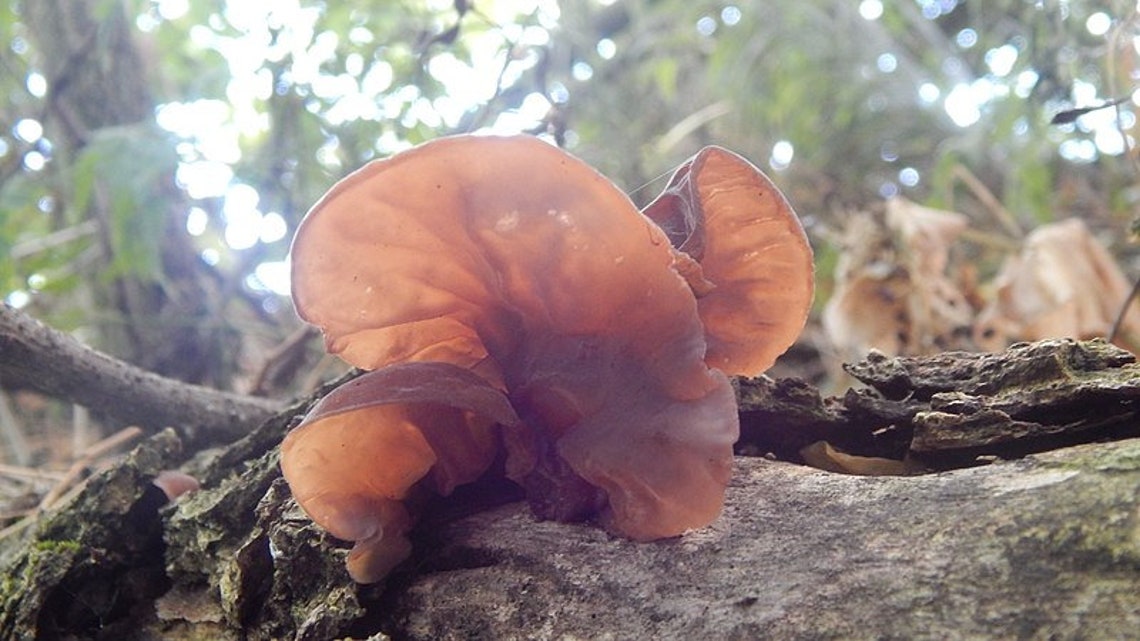
(Basidiomycota) in Cerrado (Brazilian Savanna) areas of Goiás state and the Federal District, Brazil. J Exp Pharmacol 12:61–71Īlvarenga RLM, Naves LRR, Xavier-Santos S (2015) The genus Auricularia Bull. Am Eurasian J Agric Environ Sci 13(12):1647–1649Īlema NM, Periasamy G, Sibhat GG, Tekulu GH, Hiben MG (2020) Antidiabetic activity of extracts of Terminalia brownii Fresen. Res J Pharm, Biol Chem Sci 4(2):1056–1064Īhila Devi P, Veeralakshmi S, Prakasam V, Vinothini M (2013) Saw dust and wheat bran substrates for the cultivation of new wood ear mushroom ( Auricularia polytricha (Mont.) Sacc). Indian J Exp Biol 42:538–540Īfiukwa CA, Oko AO, Afiukwa JN, Ugwu OPC, Ali FU, Ossai EC (2013) Proximate and mineral element compositions of five edible wild grown mushroom species in Abakaliki, southeast Nigeria. KeywordsĪcharya K, Samui K, Rai M, Dutta BB, Acharya R (2004) Antioxidant and nitric oxide synthase activation properties of Auricularia auricula.

For that, a strategic partnership among taxonomists, biochemists, pharmacists, farmers, and food experts is highly required to promote Auricularia-based natural products. However, the study identifies some less explored areas such as estimation of farming practices on nutraceuticals quality, purification of bioactive component, and exploration of mechanism of action in vivo. In this backdrop, the present exhaustive review aims to explore species specific ethnic importance, wide range of cultivation techniques replacing traditional method, detailed proximate composition, and evidence based multifunctional therapeutic effects.

The easy domestication process thus magnified popularity of ear mushrooms, particularly in recent times, which has a positive effect on edible fungus market demanding an updated summary. Consequently, they are the first mushroom to be cultivated and now rank fourth in worldwide production. The fruiting bodies are translucent, brown to white in color, possess unique morphology of ear shape and jelly-like consistency gifting them various colloquial names like “ear mushroom” or “jelly mushroom.” Most of the species are edible however, consumption of few members, namely Auricularia auricula-judae (Bull.) Quél. Auricularia is an important genus among jelly fungi growing on woods of deciduous trees and shrubs globally.


 0 kommentar(er)
0 kommentar(er)
